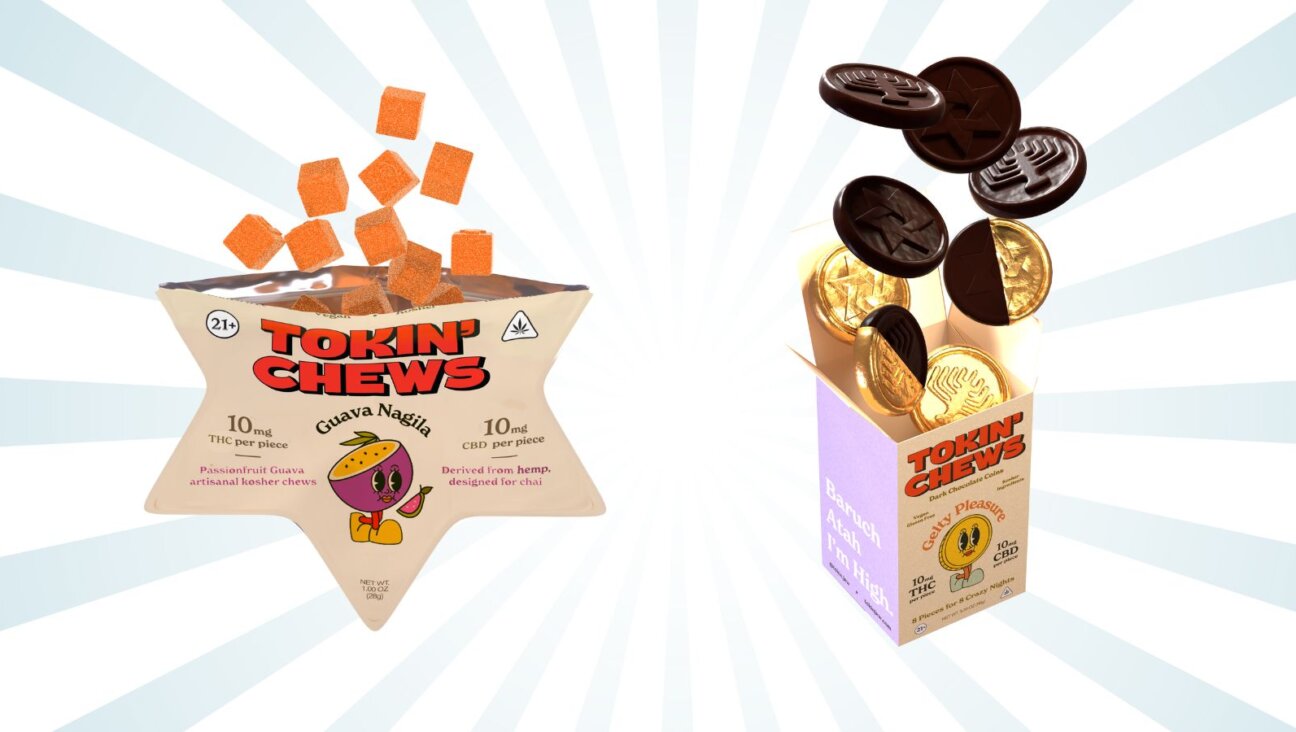Making The Case For Immigration — For Purely Culinary Reasons

Image by You And I Eat The Same
Thanks to the creativity of starving peasants bent on pushing the limits of human gastronomy, every culture has a variation on fried chicken, from Jewish-German schnitzel to Japanese chicken karage to Southern fried chicken specials. If you’ve ever been intrigued by how food can have so many cross-cultural similarities, “You and I Eat The Same,” a new food anthology released by nonprofit MAD Symposium, is a book to examine over your takeout menu.
“Cuisine cannot exist without the free and fair movement of ingredients, ideas and people,” says editor Chris Ying in “You And I Eat The Same.” Any immigrant can tell you that a food-service industry job is often the first one they will have because, as James Beard, founder of modern food culture, once said, “Food is our common ground, a universal experience.”
And when it comes to food, being an expert on the unfamiliar is a badge of pride. Society loves the cultured American restaurant reviewer that can exit an Ethiopian restaurant and declare the injera not crispy enough, or head to a Jewish deli and declare the pastrami not plentiful enough. And therein lies the thesis of this new collection of essays. If diverse food is indeed a gateway to connection then, as per essayist Krishnendu Ray, “does eating other people’s food make us more open to engaging with them?”
From discussions on flame wars about the ownership of hummus and tahini (“Tahini is so vital to Israelis that rabbis monitor the [West Bank tahini] factories by remote camera to certify that the production methods as kosher, since they cannot enter parts of the city by law” writes Tienlon Ho) to the fact that there is no such thing as a non-ethnic restaurant (even German and Italian cuisine, before assimilating successfully into American culture, were considered ethnic), “You And I Eat The Same” covers miles of ideas about food, all seeking to investigate the different ways the same foods connect different cultures.
Order a meat-stuffed flatbread from a street cart. It could be a carne asada taco, shredded pork bun, or a freshly baked lamb schwarma. “Anywhere you travel on earth, you’ll find meat enveloped in starch, and people lining up for it,” writes contributor Aralyn Beaumont. The earliest instance of flatbread consumption was when Rabbi Hillel the Elder wrapped maror, or bitter leaves, with matzo, but people are still consuming it to this day. (What can we say, the human race loves a good self-contained, no-utensils-required starch!)
From Levi Jurkowicz of Pho-Men waking up every day to serve banh mi to Hasids, to Josh Marcus’ not-so-kosher take on traditional Jewish deli fare, designed for curious non-Jews, people possess a need to share their food and try new foods. “You And I Eat The Same” might not have any easy answers to the questions it poses (although Ying does say an undeniable benefit of immigration is “deliciousness,” and it’s hard to disagree with that), but it’s full of food for thought about how what we eat makes us who we are.
Shira Feder is a writer. She’s at [email protected] and @shirafeder
A message from our Publisher & CEO Rachel Fishman Feddersen

I hope you appreciated this article. Before you go, I’d like to ask you to please support the Forward’s award-winning, nonprofit journalism so that we can be prepared for whatever news 2025 brings.
At a time when other newsrooms are closing or cutting back, the Forward has removed its paywall and invested additional resources to report on the ground from Israel and around the U.S. on the impact of the war, rising antisemitism and polarized discourse.
Readers like you make it all possible. Support our work by becoming a Forward Member and connect with our journalism and your community.
— Rachel Fishman Feddersen, Publisher and CEO





























